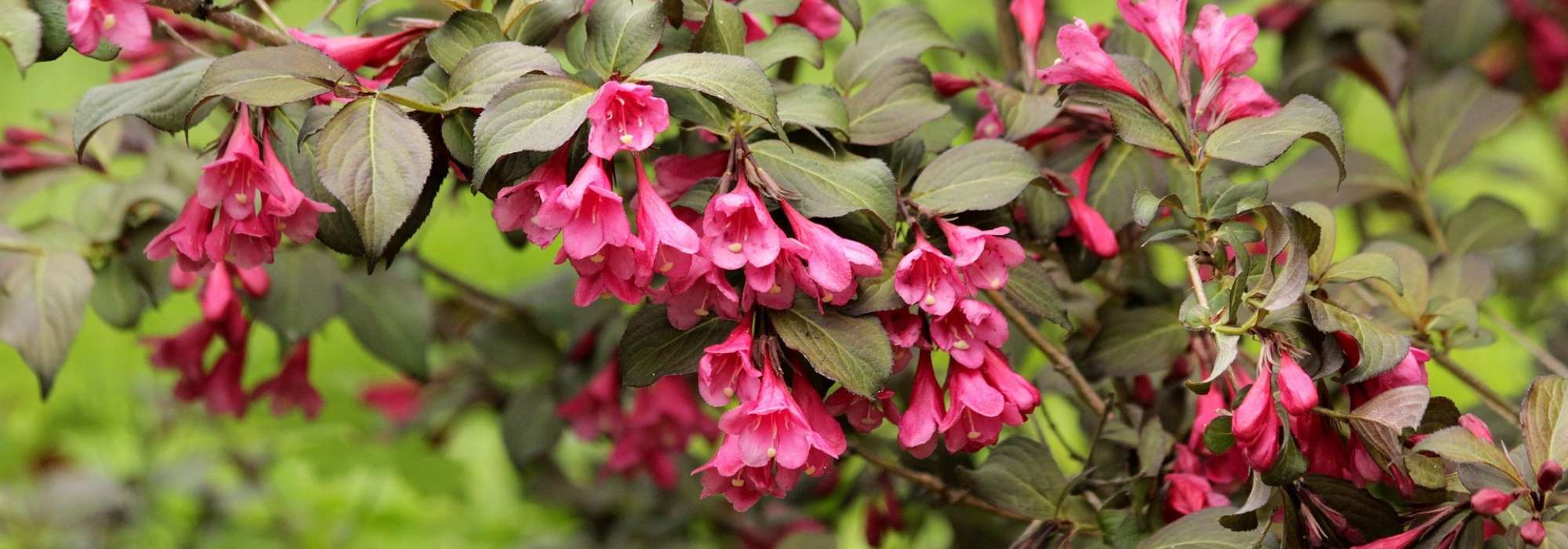
Weigelia: planting, growing, pruning
Contents
Weigela in a nutshell
- Weigela is a bush valued for its abundant flowering in May–June and its lovely autumn foliage
- Easy to grow, dwarf varieties are cultivated in pots, suit a small garden or a border while larger varieties form attractive informal hedges or are planted singly
- There is a wide choice of leaf and flower colours
- Maintenance is limited to simple pruning immediately after flowering
- Weigela is vigorous, hardy, easy to grow and tolerates calcareous soil perfectly
A word from our expert
Weigelia is undoubtedly a bush known for its generous flowering and ease of cultivation. These two qualities have prompted nurserymen to develop a multitude of varieties, each more delightful than the last.
Weigelia has it all! Thanks to its different sizes it adapts to gardens of all sizes its leaves and its flowers are declinate into a wide range of colours. Versatile, it fits into a classic or romantic garden, it can form a flowering hedge for a natural garden and its dwarf cultivars with more regular shapes green up pots for balcony or terrace. With its rapid growth, it will quickly occupy a new garden and its ease of cultivation will delight the new gardener.
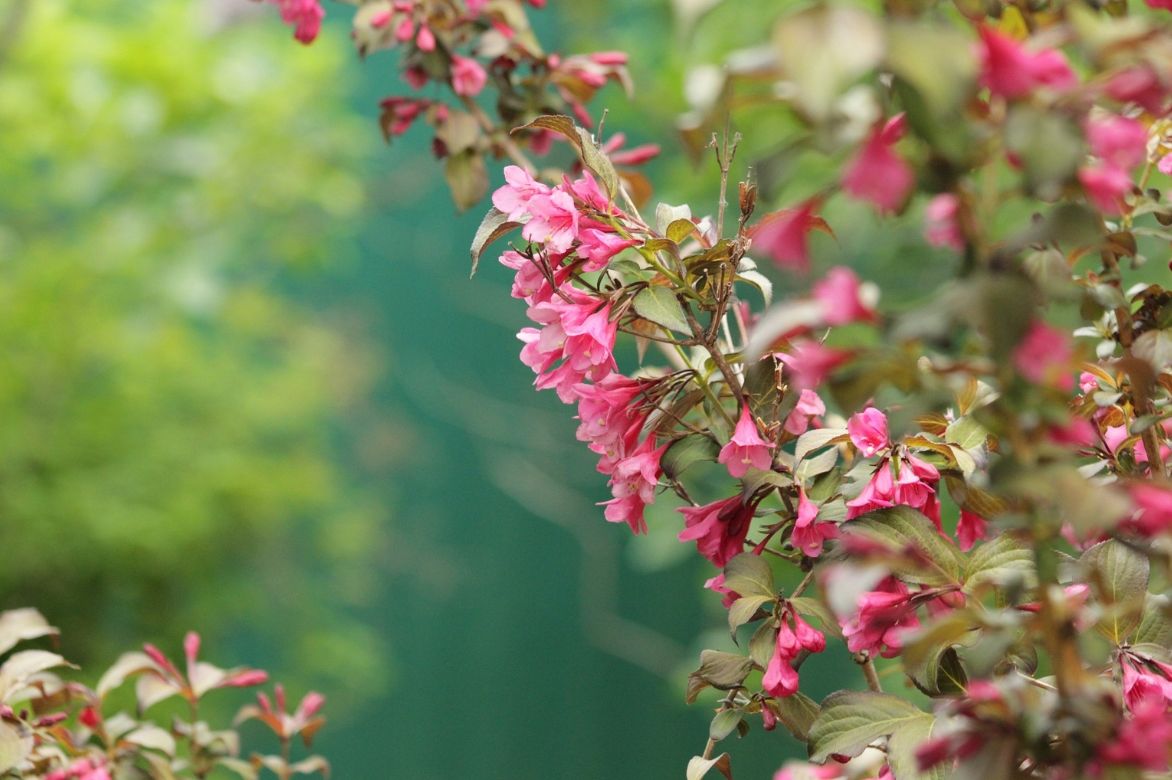
Hardy, very floriferous, calcicolous, minimal maintenance…All these qualities have made it a familiar bush in our gardens. And to follow current taste, new varieties are regularly offered to delighted gardeners! Weigelia is a great classic that keeps renewing itself to better surprise and please us.
Description and use
Botanical data
- Latin name Weigela
- Family Caprifoliaceae
- Common name weigelia, weigela
- Flowering May-June, repeat flowering in September for some cultivars
- Height from 0.40 m to 2 m
- Exposure non-scorching sun, light partial shade
- Soil type calcareous, any fresh soil rich in humus
- Hardiness -20°C to -25°C
The Weigelia (Weigela in Latin) is a bush from the Far East (northeast China, Korea and Japan) and was introduced to Europe in the 1840s. It belongs to the family Caprifoliaceae, like honeysuckle. The genus Weigela comprises around a dozen species, but many cultivars were produced by the highly prolific and remarkable Victor Lemoine around 1865.
This bush has a spreading habit with branches that arch elegantly under the weight of the flowers. The opposite leaves are sessile, elliptical with an acuminate apex. Their margin is crenate. The foliage is deciduous and pubescent, most often green, but there are varieties, for example, variegated green and gold such as W. florida ‘Magical Rainbow’ or purple-leaved types such as W. florida ‘Victoria’. Most display lovely autumn colours.
From May, a profusion of campanulate flowers spectacularly covers the branches. Weigela ‘All Summer Red’ bears vivid red flowers and others are red-pink as with W. florida ‘Moulin Rouge’. Pink is the most widespread colour, from pale pink to the deepest shades. Some are almost bicoloured like the compact W. florida ‘Polka’ while ‘Marjorie’ carries flowers in subtle tonal variations. White is also represented, as in W. ‘Candida’ or the very modern W. ‘Ebony and Ivory’. The botanical variety, Weigela middendorffiana, has pale yellow flowers with an orange throat. Curiously, despite its originality, it is not widely grown.
The flowers consist of petals forming a tube that opens into a funnel and are borne at the tips of the current year’s shoots. They attract many pollinators.

Various colours of weigelias: ‘Bristol Ruby’, ‘Pink Poppet’ (photo PAP), ‘Carnaval’ (photo PAP), ‘Candida’, Weigela middendorffiana (photo Kor!An)
Weigelia transplants easily thanks to its shallow root system. In addition, it thrives in calcareous soil. Rapid growth is one of Weigelia’s great assets, especially for a new garden. It can form a lush bush, which is why, for a small garden, choose more compact varieties such as Weigela ‘Nain rouge’. For a harmonious composition, match the size of your bush to that of your garden. Of course, in an attractive pot, the smaller varieties will make a fine display on a moderately sunny balcony or terrace.
Uses for Weigelia are very varied. The classic W. florida ‘Bristol Ruby’ can form a loose hedge with an indigo bush, for example. The pinks of W. florida ‘Marjory’ will be set off by the purple flowers of the rose ‘Munstead Wood Ausbernard’, transforming a corner of the garden into a bohemian, romantic spot.
A rockery can show off its Weigelia with the high-contrast cultivar ‘Black and White’. This one can also form an attractive border unless you prefer a variegated foliage such as W. florida ‘Monet’.

Some weigelia foliage: variegated leaves of ‘Moulin Rouge’, ‘Milk and Honey’ and ‘Monet’ / dark foliage of ‘Alexandra’ / brilliant autumn colours of ‘Wings of Fire’
Read also
How to choose a Weigela?Main Weigela varieties
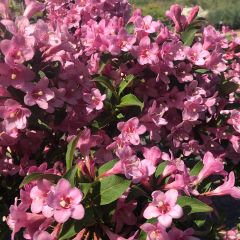
Weigela florida Pink Poppet
- Flowering time June to November
- Height at maturity 1 m

Weigela florida Monet Verweig
- Flowering time June, July
- Height at maturity 60 cm
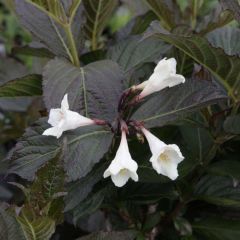
Weigela Ebony and Ivory
- Flowering time June, July
- Height at maturity 1,25 m
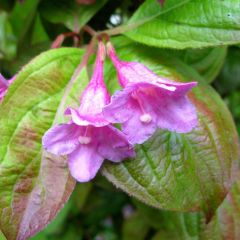
Weigela florida Wings of Fire
- Flowering time June, July
- Height at maturity 1,50 m

Weigela Candida
- Flowering time June to August
- Height at maturity 2,50 m
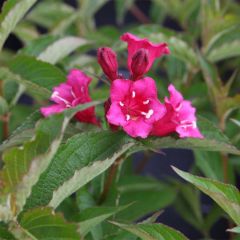
Weigela Bristol Ruby
- Flowering time July to October
- Height at maturity 2,50 m
Discover other Weigela
View all →Available in 2 sizes
Available in 0 sizes
Available in 0 sizes
Available in 0 sizes
Available in 1 sizes
Available in 2 sizes
Available in 2 sizes
Available in 1 sizes
Available in 1 sizes
Available in 1 sizes
Planting
Where to plant Weigela
For good flowering, Weigela will be at ease in full sun. It tolerates partial shade, especially in regions with scorching sun. It also adapts to winds that are not overly drying. In fact, any aspect without extremes suits it perfectly.
Soil matters little, provided it is rich in humus and not too dry to support flowering. Note that Weigela adapts perfectly to calcareous soil.
Consider the span the bush will reach in 5–6 years, once mature: the largest varieties need 2 m of width to spread their branches! If space is limited, choose smaller varieties.
When to plant Weigela
Autumn (October–November) is the season to favour for planting Weigela. Soil still warm allows better establishment of the bush. Of course, March–April is also favourable for planting, but watering must be regular during the summer that follows.
Finally, a container-grown bush can be planted at any time of year, except during frost or drought.
How to plant Weigela
Planting in open ground
- Immerse the container in a vessel filled with water to thoroughly hydrate the rootball,
- Dig a hole 2 to 3 times the size of the rootball,
- Remove the bush from its pot and “dress” the root hairs: untangle roots all around the rootball and cut damaged roots or roots twisted on themselves,
- Fill bottom of the hole with an equal-parts mix of soil and potting compost (or compost). If your soil is very heavy, lay a layer of gravel or pumice first,
- Set the young plant in place, spreading the roots,
- Backfill the hole with the mix,
- Ensure the collar (junction between roots and trunk) is level with the soil surface,
- Form a ring of soil around the planting hole to create a basin that will retain water,
- Firm down and water copiously to ensure the planting soil adheres to the rootball.
Planting in a pot
Choose small-growing varieties, such as the variegated Weigela florida ‘Monet’, W. ‘Black and White’ purple-green, W. ‘Pink Popett’ with attractive autumn colours…
A pot at least 50 cm high will do. Check there is a drainage hole.
- Create a drainage layer at the base of the pot with clay pebbles (for a balcony, avoid materials that make the pot too heavy),
- Fill with a mix of soil, potting compost or compost and sand (2/1) or with a specialist potting compost for flowering shrubs,
- Soak the rootball in water for at least 15 minutes,
- Place the rootball upright and fill with the mix or compost,
- Check the collar is not buried,
- Firm down and water well,
- Mulch to retain moisture.
→ Learn more with our care sheet: How to grow a Weigela in a pot?
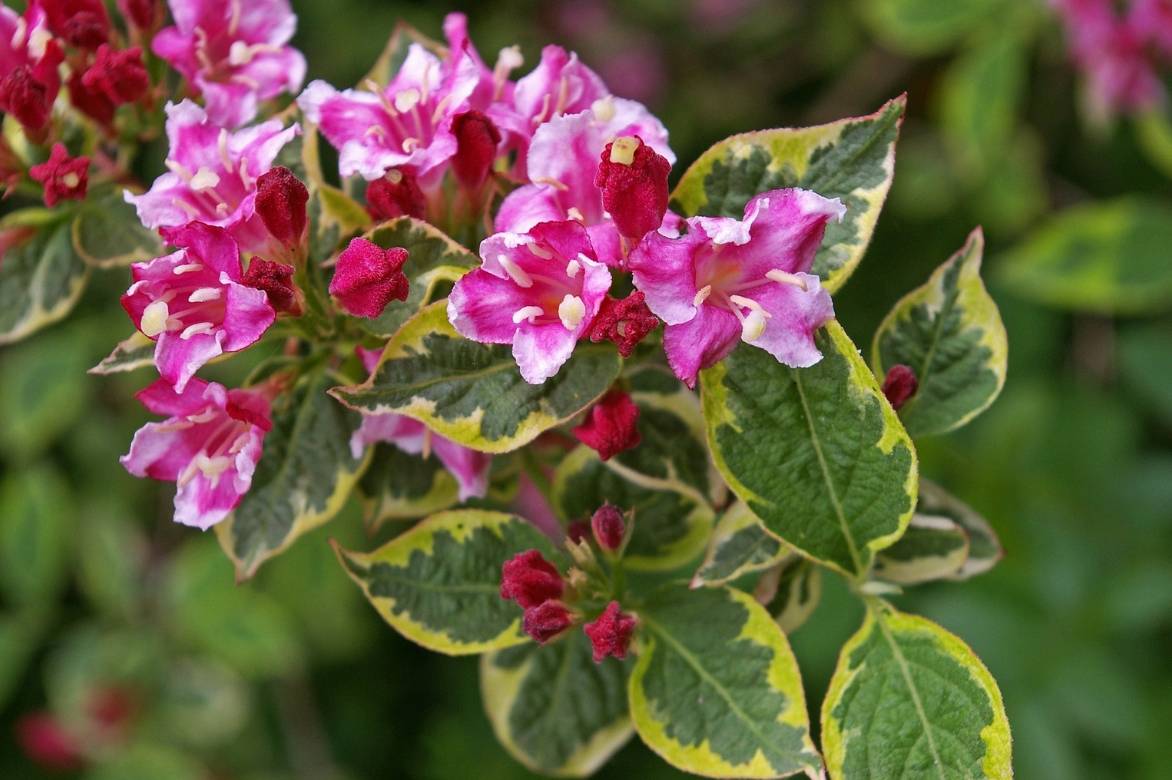
Some varieties of Weigela have decorative foliage, such as ‘Magical Rainbow’, ‘Nana Variegata’ or ‘Monet’
Read also
Taking cuttings from a weigelaCare
At start of season, an application of well‑rotted manure or compost will improve appearance and flowering of weigela. Lay a layer of BRF after fertilising to maintain freshness and save water in summer.
In autumn, a mulch of dead leaves will encourage humus formation.
Pruning weigela
At the end of flowering (around July–August), it is time for maintenance pruning. This encourages vigorous development of shoots that will bear flower buds in autumn, to flower the following year.
- Cut shoots in centre of clump and those that cross each other,
- Remove old branches,
- Cut stems that have flowered by 10–20 cm. Prune above a shoot growing outwards to open up the bush.
You can rejuvenate the bush by pruning to 20 cm above soil. Do this gently by spreading the operation over several years: cut back one third of shoots each year and you will have a brand‑new bush in three years!
Diseases and pests
Weigelias are susceptible to nematodes. To avoid attack, choose well-drained soil when planting. Nearby, sow cosmos, flax, pot marigolds which are known nematicides, as well as heleniums, gaillardias, ornamental garlic…
A fact sheet describes different methods for getting rid of harmful nematodes, and also how to use beneficial nematodes.
Aside from this weakness, weigela is robust and hardy.
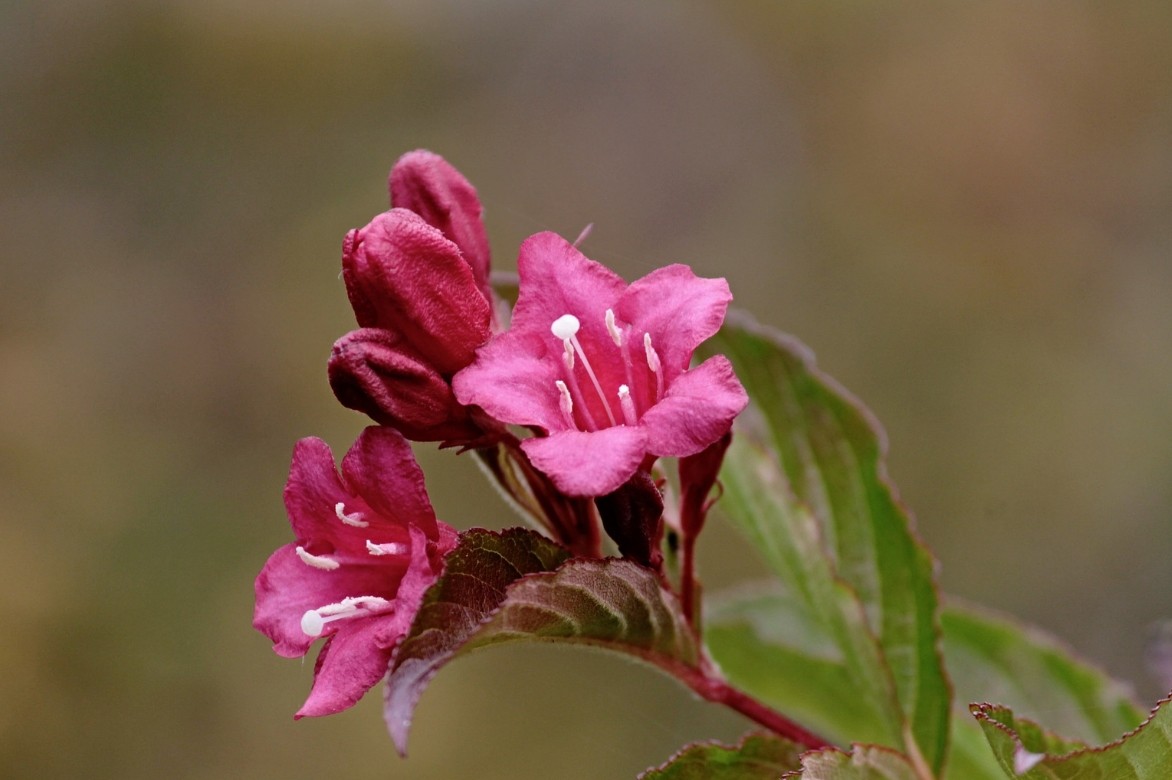
Propagation: propagating Weigela by cuttings
Propagation by cuttings is the method of choice for Weigelia. For this, two periods are best: mid-August and during dormancy of the bush.
Propagation by cuttings of Weigelia in mid-August
- Take a twenty-centimetre section of a ripened (semi-woody) shoot with a sharp, disinfected pruning shear,
- Remove leaves from base,
- Plant in a bucket previously filled with seed compost or a half compost–half sand mix,
- Water,
- Cover with a plastic bag, film or cloche to maintain a humid atmosphere,
- Keep moist and ventilate once a day,
- When new leaves appear, repot your cutting and place in light shade.
Hardwood cuttings
From the end of November, cuttings are taken from wood in dormancy (from the famous 25 November!). Choose a spot against a north-facing wall. Cuttings should be sheltered from direct sun and wind.
- Prepare a large pot or dig a small trench (jauge) and fill it with an equal-parts mix of soil, compost and sand (or seed and cutting compost),
- Take a section of current-year shoot about 30 cm long,
- Cut the top on a slant above an eye and at the base below a node, so the cutting is about twenty centimetres long,
- Plant in the mix leaving at least 3 eyes exposed,
- Pot on in February–March into pots filled with compost, or an equal-parts mix of soil and compost (1/1),
- Place in light shade and water regularly,
- Plant out the following autumn.
→ Find out more in Servane’s tutorial: Taking cuttings from a Weigelia
Plant with
You can create an interesting flowerbed year-round by combining plants that offer several seasonal highlights. For example, choose a golden woodrush with orange spikes that contrasts with the purple foliage and pinkish-purple flowers of Weigela ‘Minor-Black’. The charming pale yellow Cosmos ‘Xanthos’ sown in April–May will continue flowering and carry through to a second flush in September. Foliage of Bergenia ‘Dragonfly Sakura’ complements the bush’s bronze autumn leaves and its splendid flowering will enliven the bed from March. Small bulbs such as Cyclamen coum will show their rosy wings in February.
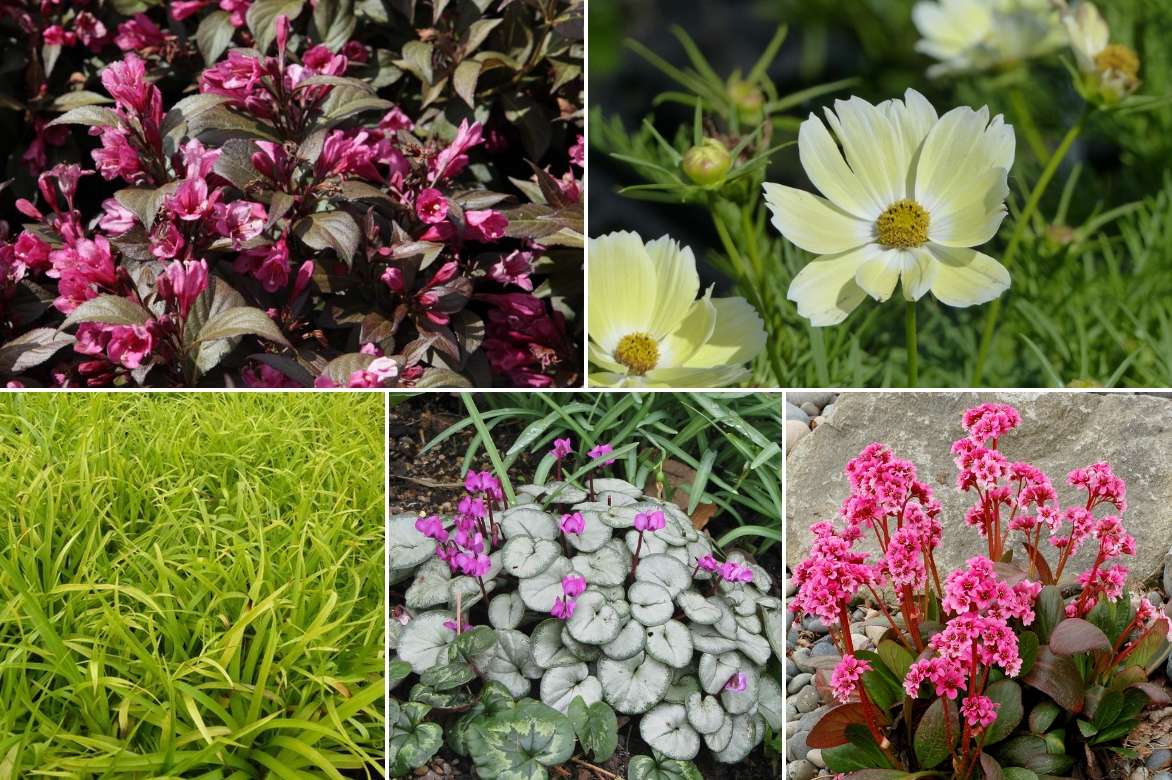
Idea for a four-season combination: Weigela ‘Minor Black’, Cosmos ‘Xanthos’, Luzula sylvatica ‘Solar Flare’, Cyclamen coum (pink), Bergenia ‘Dragonfly Sakura’ (©Terra Nova Nurseries)
A low mixed hedge, about 1 m to 1.5 m high, can be made with W. ‘Milk and Honey’, so bright and with attractive autumn colours, alongside an indigo bush and a black physocarp. Mahonia and Mexican orange blossom will add their evergreen foliage…
A contemporary scene can be created with an Weigela ‘Ebony and Ivory’ with compact, rounded habit whose base is brightened by a charming tiarella with variegated foliage. White alliums add verticality and contrast with Weigela’s trumpet-shaped flowers. A Japanese spindle, a small green-and-white ball, and a white persicaria will provide the counterpoint.
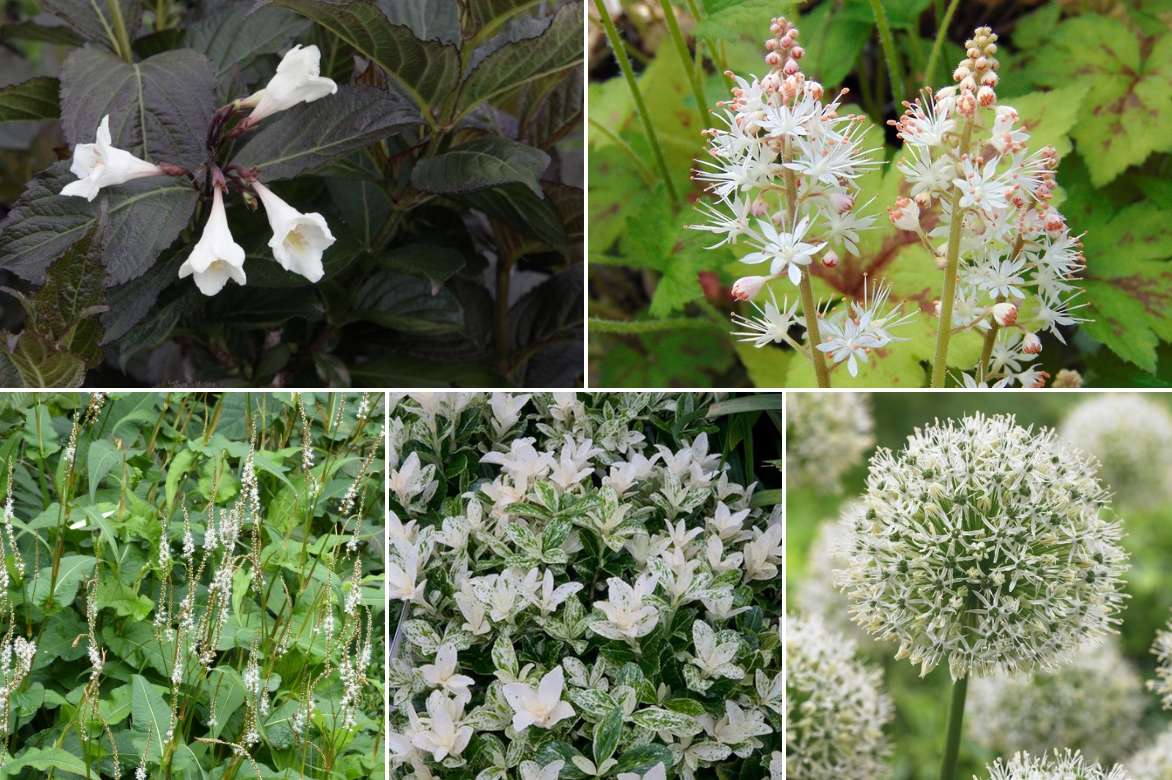
An example of a contemporary combination: Weigela florida ‘Ebony and Ivory’, Tiarella ‘Running Tiger’, Persicaria amplexicaulis ‘Alba’, Euonymus japonicus ‘Pierrolino’ and Allium ‘Mount Everest’ (photo Patrick Standish)
→ Discover other combinations with Weigela for the garden on our advice sheet !
Did you know?
Weigélia was first described by Philipp Franz Siebold in his Flora Japonica (1833–1850). Its name honours German chemist and botanist Christian von Weigel (1748–1831).
It is thought to have been introduced to Europe by Robert Fortune around 1842. This Scottish botanist is known for having stolen the secret of tea production from China, as well as young tea plants, during his remarkable expedition between 1848 and 1852. He recorded his adventures in a book which you can find on Gallica at the BnF.
Useful resources
- Discover our selection of Weigelias: more than 20 varieties among the most renowned
- For care, follow our advice: pruning a spring-flowering bush.
- Discover our advice sheet: How to choose a Weigelia?
- Advice sheet: How to grow a Weigelia in a pot?
Frequently asked questions
-
My weigela has never flowered. I've had it for 4 years. But its foliage is very attractive. What can I do to make it flower?
If your Weigela hasn't flowered, there may be two reasons: • It's in too much shade! Weigelas need sun to flower. They will tolerate partial shade, but you'll need to move it. Thanks to its shallow roots, it won't suffer. • You're giving it fertiliser that's too nitrogen-rich: you're feeding the leaves at the expense of flowering. Use fertiliser for flowering bushes instead.
-
I didn't prune my Weigela after its flowering. Can I do it in March?
If you prune your Weigela in March, you won't have any flowers! Flowering takes place on previous year's wood. Wait until the end of June to prune: cut branches that have just flowered.
However, if your bush is in the way, you can still prune in March: only flowering will be compromised, it will not be harmed.
- Subscribe!
- Contents
. weigela](https://en.promessedefleurs.eu/blogwp/wp-content/uploads/2018/11/weigelia-tout-savoir.jpg)































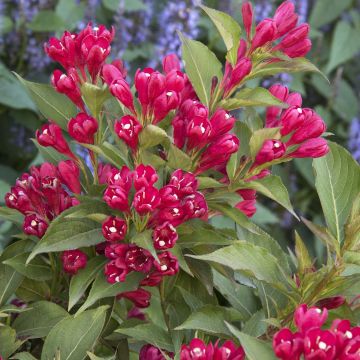
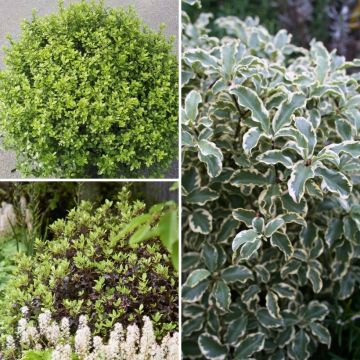
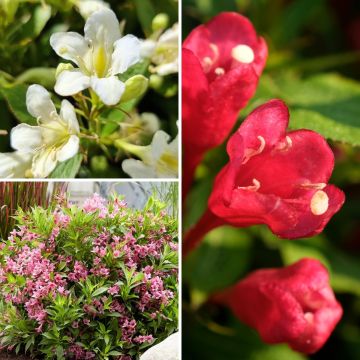
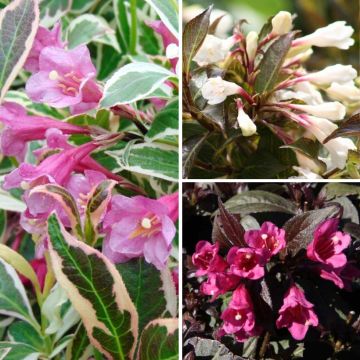
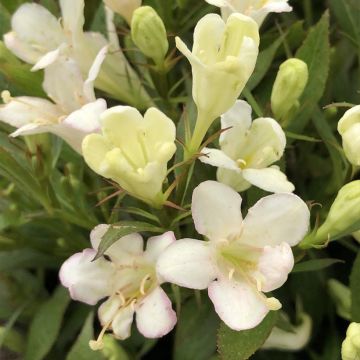
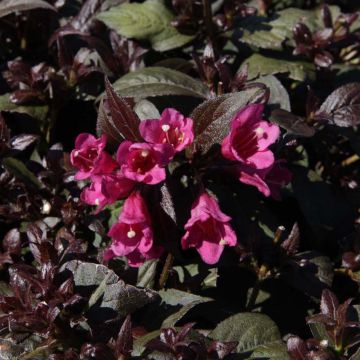
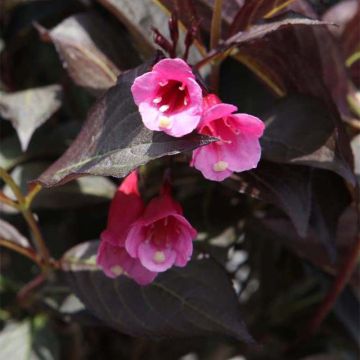

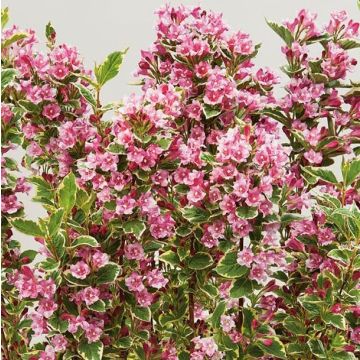
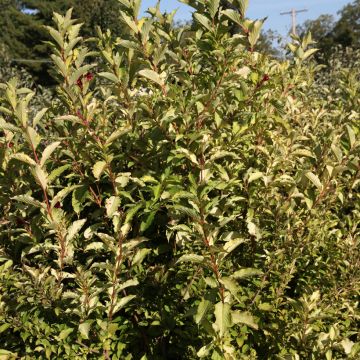
Comments